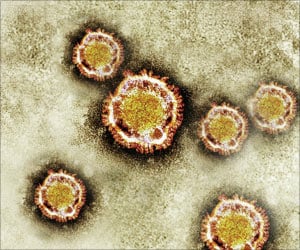Thoughts between acral melanoma and regular melanoma in the cellular and molecular compositions and its characteristics that will lead to a better treatment.

‘Researchers led to the fact that many attempts have been made to identify the characteristics that distinguish acral melanoma from melanoma in order to understand the disease better.’





Acral melanoma is most common among traditional Asian, Hispanic and African American peoples. Individuals who develop the disease are often diagnosed at a late, advanced stage and therefore have adverse outcomes. In addition, some of the most common genetic mutations found in melanoma are not found in acral melanoma. Despite these differences, acral melanoma is treated with the same treatments used for melanoma and often fails.The Moffitt team of researchers, led by Keiran Smalley, PhD, and Y. Ann Chen, PhD, led to the fact that many attempts have been made to identify the characteristics that distinguish acral melanoma from melanoma in order to understand the disease better and design the most effective treatment modalities. They analyzed the molecular and cellular composition of acral melanoma patient samples, including primary tumors and sites of metastatic proliferation. They compared these samples with the samples of melanoma patients.
The researchers discovered several key characteristics of acral melanoma that may be potential therapeutic targets.
- There are differences between the genetic expression patterns of primary tumors and those from metastatic sites, including changes in the immune signal and metabolic pathways.
- Acral melanoma is associated with a suppressive immune environment compared to melanoma. Acral melanoma had fewer invasive immune cells than melanoma, with significant differences between CD8 T cells, natural killer cells and γδ T cells.
- Acral melanoma is high in the proteins VISTA and ADORA2, which are involved in suppressing the immune responses. These combined immune properties of acral melanoma may lead to less active immune cells targeting cancer cells and may be one reason why patients have poor responses to treatment.
The Mofitt team of researchers hope that the identification of these key differences will lead to more effective treatments for acral melanoma patients in the future.
“We have undertaken the first comprehensive analysis of the immune/tumor transcriptional landscape of acral melanoma. Our study identified unique features of the immune environment of acral melanoma, including immune checkpoints of translational interest that could represent novel therapeutic targets for this neglected disease,” said Smalley.
Advertisement
Source-Medindia








